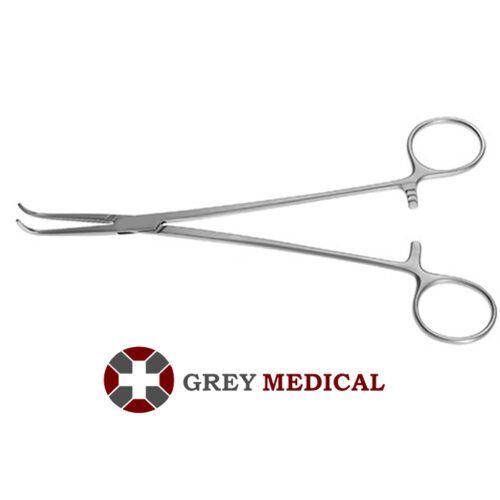
Grey Medical has an extensive assortment of surgical scissors each designed for specific surgical tasks and available in different styles and shapes.
Surgical scissors are critical tools in the operating room, used for cutting tissues, sutures, and other materials with precision and control. With a wide range of designs available, each type of surgical scissor is suited to specific procedures and anatomical requirements.
 What Are Surgical Scissors?
What Are Surgical Scissors?Surgical scissors are specialized cutting instruments made from high-quality stainless steel, designed for use in medical procedures. They come in various shapes and sizes, each tailored for different types of cuts and anatomical challenges. These scissors are designed to cut with precision while minimizing trauma to the surrounding tissues. The blades of surgical scissors can be straight or curved, with some scissors featuring specialized tips for different surgical applications.
Straight surgical scissors have blades that align in a straight line, offering a simple, direct cutting action. These scissors are commonly used in procedures where a straight incision is required, or where the surgeon has easy access to the tissue.
Curved surgical scissors have blades that are slightly bent, which allows for better access to curved anatomical structures or areas that are difficult to reach. The curvature of the blades makes these scissors ideal for cutting tissues in areas where a straight-line incision would be difficult to achieve.
Metzenbaum scissors are a specialized type of curved scissor known for their long, slender blades. These scissors are designed for cutting soft tissue with minimal trauma, and they are particularly useful in procedures that require detailed dissection.
Iris scissors are small, fine-tipped scissors designed for extremely delicate surgical procedures, particularly those in the field of ophthalmology. These scissors are named after the iris, the part of the eye they are often used to treat.
Suture scissors are designed specifically for cutting sutures, making them an essential tool during the closing stages of a surgery. These scissors feature a unique design with a notch on one blade to help grip and secure the suture while cutting.
Tenotomy scissors are designed for cutting tendons and fibrous tissues during orthopedic or soft tissue surgery. These scissors typically have small, curved blades, which help in making precise cuts when working with tendons, muscles, or ligaments.
Spencer stitch scissors are specialized scissors used for cutting the sutures and stitches in difficult-to-reach areas, particularly in procedures involving deeper incisions. These scissors are designed with one blunt end to protect tissues from accidental cuts during use.
Bandage scissors are designed specifically for cutting bandages, dressings, or other external wound coverings. They feature one blunt tip to protect the patient’s skin and ensure the scissors do not inadvertently cause injury.
Utility scissors are versatile cutting tools used for a wide range of general tasks in surgery. These scissors are particularly useful for cutting through medical supplies, such as gauze, drapes, or surgical tapes.
The right pair of surgical scissors can make a significant difference in the success of a surgical procedure. Surgeons must select the appropriate type based on the task at hand, the type of tissue being cut, and the level of precision required. From straight scissors for simple tasks to specialized tools like Iris scissors and Metzenbaum scissors for intricate surgeries, each type plays an important role in ensuring optimal patient outcomes.
© 2024 Crivva - Business Promotion. All rights reserved.